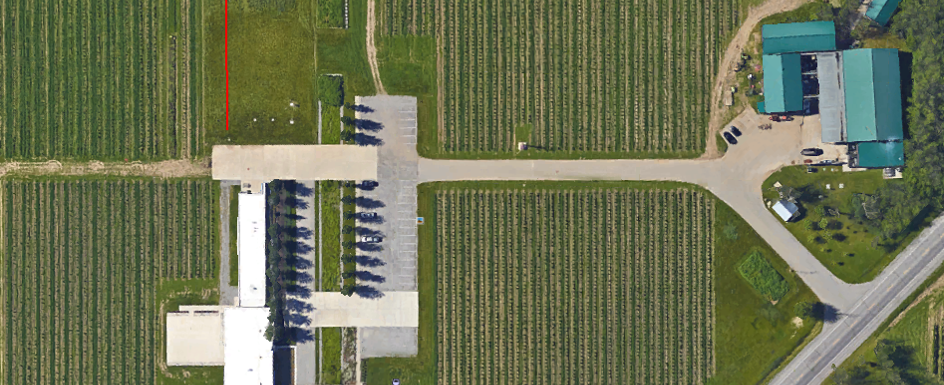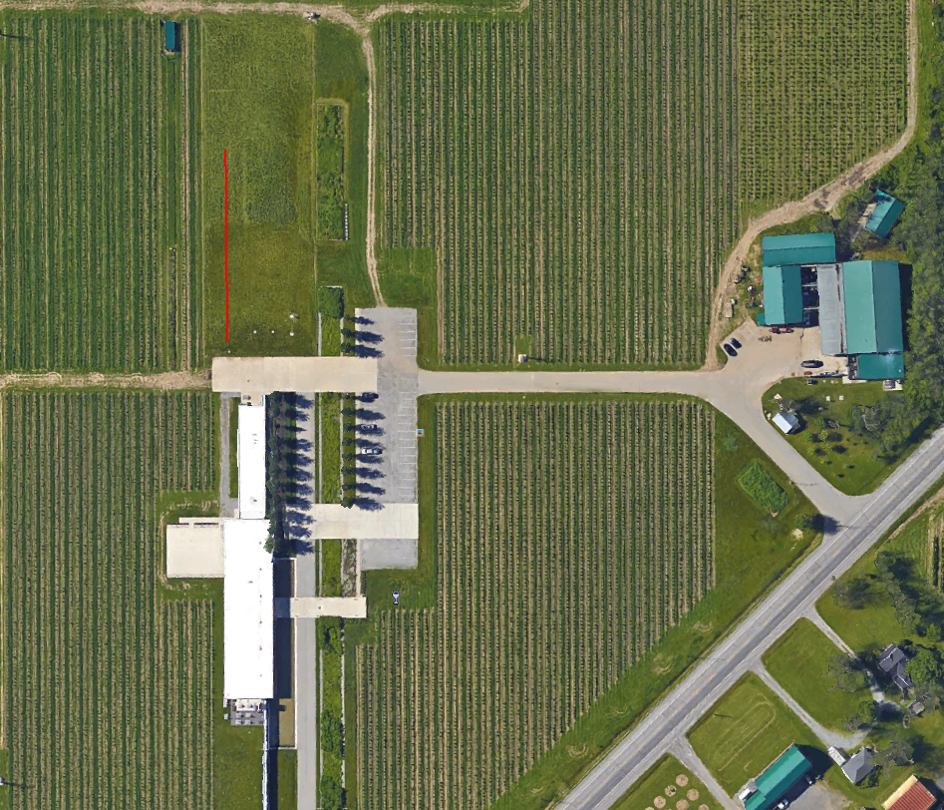Southbrook Vineyards & Enviro-Stewards – Energy Conservation & Solar Net Metering

Projects Sponsor

Save using Solar – But cut your energy use first!
The lesson Southbrook Vineyards and Enviro-Stewards would like to give you is “Don’t waste your energy more efficiently!” When North Americans think of green energy, they typically think of installing solar panels, but Southbrook’s holistic assessment found that energy conservation had 40 times better returns on investment than net metering with solar.
Bill Redelmeier and Bruce Taylor met at the Clean50 2016 awards where they were both receiving their respective project awards. They talked about the shared savings project Enviro-Stewards had just completed for another winery and the merits of Negawatts (not using energy in the first place) versus switching to renewables. At that time Southbrook was planning on installing solar panels in order to offset the remainder of its electricity consumption.
Now if ever there was an obvious candidate for proceeding directly to renewables, it would be Southbrook. Their facility is organic, biodynamic, treats its wastewater onsite, and is situated in a LEED gold certified building. They are in the zone.
Furthermore, Niagara-on-the-Lake Hydro had just retained a consultant to complete an energy conservation study that had shown that in order to further reduce electricity consumption, Southbrook would need to invest in lighting and refrigeration upgrades. These would reduce costs by 5% with an average payback of 20 years.
Southbrook retained Enviro-Stewards to complete a shared savings based utility conservation assessment prior to completion of the design of Southbrook’s net metering solar project. What Enviro-Stewards’ assessment found is that Southbrook could further reduce both electricity and natural gas consumption by 40%. These measures would reduce greenhouse gas (GHG) emissions by 55 tonnes/yr with a combined payback period of 4 months (0.33 years) and so, naturally, Southbrook retained Enviro-Stewards to help implement these measures.
In July of 2017, Southbrook commissioned a net metering solar project to supply most of the remainder of its electricity consumption. However, the aforementioned conservation measures reduced the number of panels required by one third. This conservation meant that the panels could be located solely on land that is unsuitable for growing grapes. Had Southbrook not conserved electricity, they would have had to also cover about one quarter acre of their vineyard with solar panels to supply this unnecessary electricity.
Conservation had thus directly saved about 50 cases per year of viniferous hybrid VQA wine production (preserved reserve), valued at $20,000/yr. The net payback period for energy conservation of 4 months (or 2 months if you include the conserved wine) is 20 (or 40) times better than solar (7 years).
What Southbrook proved is that addressing conservation first had a substantial economic advantage over proceeding directly to installing renewables.
Enviro-Stewards deployed a range of meters to collect a detailed and systematic assessment of utility consumption and waste generation. The data was analyzed to quantify major resource-consuming/waste generating processes which could be influenced through potential changes and efficiencies.
The root causes presently addressed with resource consumption were analysed for each of the major resource consuming processes and operations. Alternatives to address these causes with substantially less resources were then developed.
By highlighting the societal and environmental merit of not unnecessarily covering vineyard with solar panels, Southbrook is demonstrating that saving energy can be sexier than solar.
Southbrook’s net metering with solar panels is relatively innovative. However, their decision to first cut consumption by another third is likely unique. Indeed Southbrook’s innovative synthesis of conservation and net metering has the capacity to compellingly inform the public of the untapped and economically lucrative preventative opportunities available to them.













